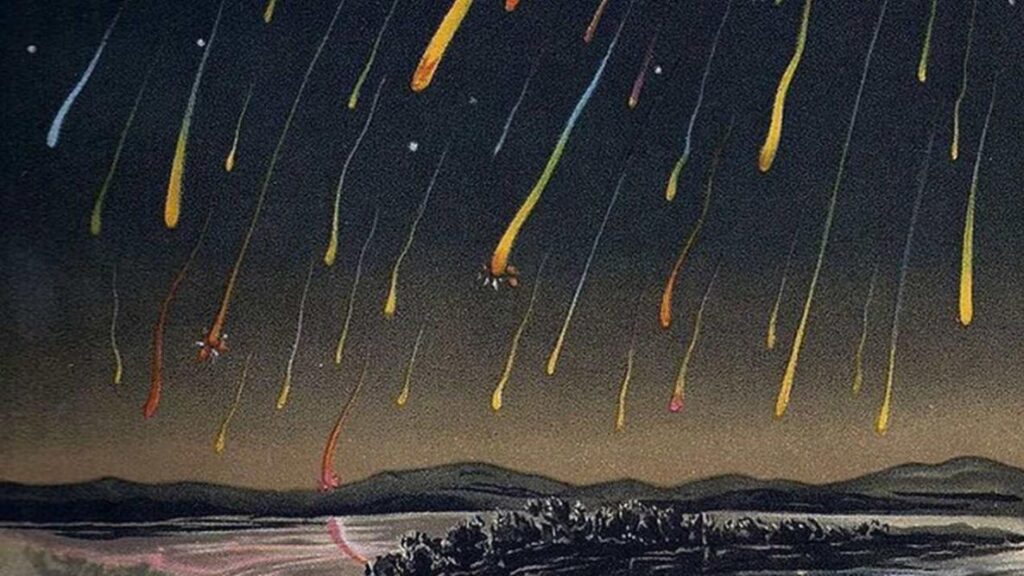Leonids Meteor Shower 2023
One of the most infamously unpredictable meteor showers in the world is the Leonids. The Leonids can generate amazing displays of hundreds or even thousands of meteors every hour during certain years. In other years, there are very few observable meteors during the Leonids.
Table of Contents

Although the Leonids are active from November 6 to November 30, the evening of November 17–18 usually marks their greatest activity. The Leonids are predicted to peak in 2023 on November 17 at roughly 22:00 UTC. Early in the morning, after the moon has set, is the greatest time to see the Leonids.
This is a guide to the Leonids Meteor Shower 2023:
When to watch: On November 17–18, at around 22:00 UTC, the Leonids are predicted to reach their peak. However, on other evenings throughout the shower’s active period, you might be able to view Leonids meteors.
Where to watch: The Leonids will radiate from the constellation Leo, but they can be viewed anywhere in the sky. Look for a bright, sickle-shaped asterism in the eastern sky to locate Leo.
What to anticipate: Quick, brilliant meteors are a hallmark of the Leonids. It’s possible that some Leonid meteors will even leave behind a shimmering train.
Advice on how to observe the Leonids Meteor Shower 2023:
- Locate a dim area far from any lights in the city.
- Recline in a chair or on a blanket, and raise your head to the sky.
- Have patience. You might have to wait a while to see your first meteor.
- Use your binoculars to look for meteors in the sky if you have any.
- Avoid observing the Leonids using a telescope. Because of the limited field of view of telescopes, it will be challenging to spot meteors.
What makes the Leonids Meteor Shower 2023 so capricious?
The Earth travelling through a stream of comet Tempel-Tuttle debris is what causes the Leonids. Every 33 years, the Tempel-Tuttle orbits the Sun. Tempel-Tuttle emits a cloud of ice and dust particles as it gets close to the Sun. Eventually, these particles dispersed into a stream, through which the Earth travels each November.
The distribution of the Leonid stream is highly irregular, which is the issue. Every year, the Earth passes through a dense portion of the stream, which causes a breathtaking shower of meteors. Other years see a more muted meteor shower because the Earth passes through a less dense portion of the stream.
Will the Leonids Meteor Shower 2023 be good in 2023?
It is hard to predict with certainty if the Leonids of 2023 will be good or harmful. But this year, the Leonids are predicted to generate a considerable amount of meteors; in perfect circumstances, about 15 meteors should be visible every hour.
In summary Leonids Meteor Shower 2023
For anyone interested in astronomy, the Leonids meteor shower must be seen. Seeing the Leonids is a lovely and fascinating event, even if they don’t create a spectacular outburst this year. So make sure to put November 17–18 on your calendars and go somewhere dark to see the Leonids meteor shower!


